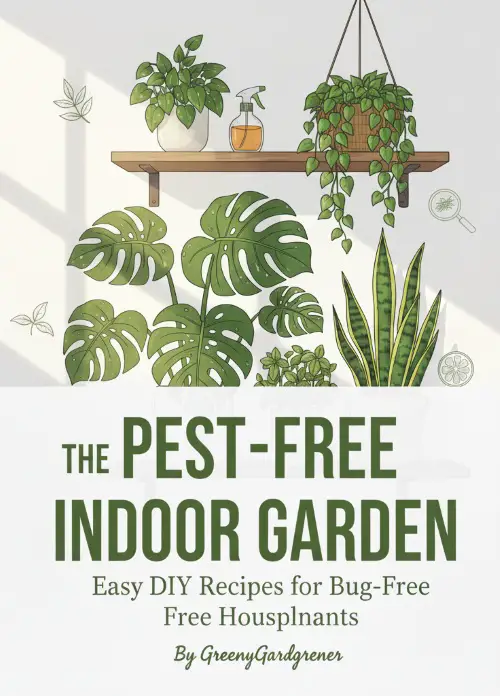Is Neon Pothos Toxic to Cats?
Neon pothos, known for its vibrant chartreuse-colored leaves, is a popular houseplant that thrives in various conditions. However, pet owners, especially cat lovers, must consider whether this attractive plant poses a threat to their furry companions.
is neon pothos toxic to catsIn this comprehensive article, we will explore the toxicity of neon pothos to cats, symptoms of poisoning, preventive measures, and safer alternatives to consider for a pet-friendly home.
What's On the Page
Understanding Neon Pothos and Its Composition
Neon pothos, scientifically known as Epipremnum aureum, belongs to the Araceae family. This plant contains insoluble calcium oxalate crystals, which are sharp, microscopic compounds embedded in its leaves and stems. These crystals are the primary culprits of toxicity in cats. When ingested, they can cause irritation and discomfort.
Is Neon Pothos Toxic to Cats?
Yes, neon pothos is toxic to cats. The ingestion of any part of the plant can lead to adverse effects due to the calcium oxalate crystals. While neon pothos toxicity is not typically fatal, it can cause significant discomfort and distress for your feline friend.
Symptoms of Neon Pothos Poisoning in Cats
If a cat chews on or ingests neon pothos, it may exhibit the following symptoms:

🌿 The Companion Planting & Gardening Book (eBook)
Bigger harvests, fewer pests — natural pairings & simple layouts. $2.40
Get – $2.40
🪴 The Pest-Free Indoor Garden (eBook)
DIY sprays & soil tips for bug-free houseplants. $1.99
Get – $1.99-
Oral Irritation
Cats often experience immediate burning or irritation in the mouth, tongue, and lips. -
Excessive Drooling
The irritation causes an increase in salivation as the body attempts to soothe the affected areas. -
Difficulty Swallowing
The sharp calcium oxalate crystals can lead to swelling and pain, making swallowing difficult. -
Vomiting
Ingesting the plant can irritate the stomach lining, resulting in vomiting. -
Pawing at the Mouth
Cats may paw at their mouths in an attempt to alleviate the discomfort. -
Swelling
Swelling of the lips, tongue, or oral cavity may occur, depending on the severity of the exposure.
What to Do If Your Cat Eats Neon Pothos
Immediate action is crucial if you suspect that your cat has ingested neon pothos:
-
Remove Access to the Plant
Take the plant out of your cat’s reach to prevent further ingestion. -
Rinse Their Mouth
Use a clean, damp cloth or water to gently rinse your cat’s mouth, reducing irritation from the oxalate crystals. -
Monitor for Symptoms
Observe your cat closely for worsening symptoms, such as increased swelling or difficulty breathing. -
Contact a Veterinarian
Reach out to your veterinarian promptly, even if symptoms appear mild. They may recommend treatments like antihistamines or other supportive measures. -
Provide Comfort
Keep your cat calm and ensure it has access to fresh water, which may help alleviate oral discomfort.
Preventing Exposure to Toxic Plants
Keeping your home safe for your pets requires proactive measures. Here are steps to prevent your cat from accessing neon pothos or other toxic plants:
-
Place Plants Out of Reach
Use hanging planters or shelves inaccessible to your cat. -
Train Your Cat
Use positive reinforcement techniques to discourage your cat from chewing on plants. -
Use Deterrents
Apply pet-safe deterrent sprays to your plants to make them less appealing. -
Choose Pet-Friendly Plants
Opt for non-toxic plants to create a safer indoor environment for your cat.
Safe Alternatives to Neon Pothos
For pet owners looking to decorate their homes with greenery without compromising their pet’s safety, consider these non-toxic options:
-
Spider Plant (Chlorophytum comosum)
Known for its air-purifying qualities, the spider plant is non-toxic and visually appealing. -
Parlor Palm (Chamaedorea elegans)
This low-maintenance plant adds a tropical touch to your home without posing a risk to pets. -
Areca Palm (Dypsis lutescens)
Another safe option, the Areca Palm is both pet-friendly and an excellent natural air filter. -
Boston Fern (Nephrolepis exaltata)
Perfect for hanging baskets, this lush plant is safe for cats and easy to care for.
Conclusion
While neon pothos may enhance your home’s aesthetic, its toxicity to cats makes it a less-than-ideal choice for households with feline members.
Understanding the risks, recognizing symptoms, and taking preventive measures can safeguard your pets from harm. For those seeking a safe and beautiful indoor garden, consider exploring non-toxic plant options that align with your lifestyle.
If you suspect your cat has ingested a toxic plant, do not hesitate to seek professional veterinary care. Your cat’s health and safety should always be a priority.
- Red Bell Pepper Growing Conditions – A Pro’S Guide To Sweet, Crisp - November 21, 2025
- How Deep Do You Plant Bell Pepper Plants – Your Complete Guide To - November 21, 2025
- Red Bell Pepper Growth Stages – A Visual Guide From Seed To Sweet - November 21, 2025
